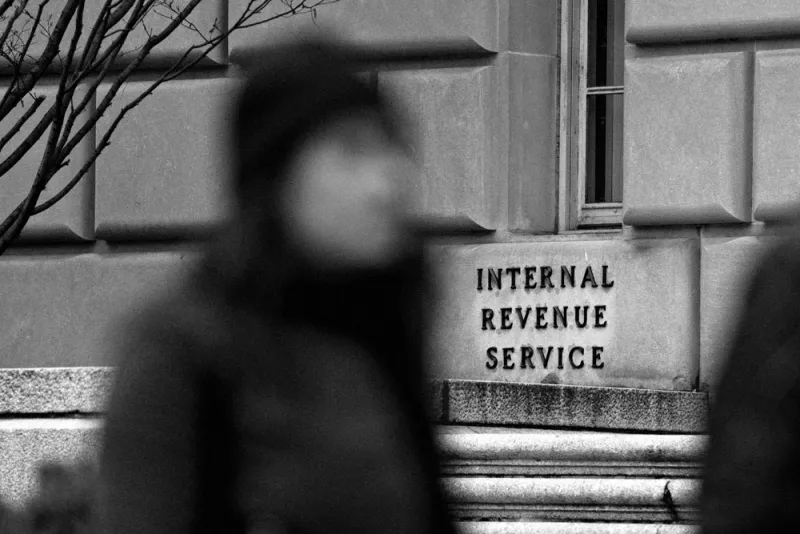Current bloodbath aside, the long-running bull market has padded retirement portfolios for millions of Americans. It has also super-sized the net worth of clients who have received generous company stock options grants.
The trouble is that lavish compensation packages are a bit of a gift horse. They often result in severely concentrated portfolios, with employer stock comprising the bulk of assets. And reducing that portfolio concentration through targeted sales can create a whopper of a tax bill.
In theory, that’s where exchange funds (not to be confused with exchange-traded funds) come in. These complex investment contracts are designed to swap highly appreciated stock positions for an equal value of units of a fund that holds a basket of different stocks. Overnight, a client would no longer need to worry about a sudden plunge in wealth if the employer’s stock nosedived.
Yet the mechanics of exchange funds leave much to be desired. For starters, investors must retain ownership for seven years. For clients approaching retirement and looking to tap their net worth to fund their lifestyle, that can be a tough restriction.
Dan Trumbower, a wealth advisor with Rockville, MD-based Halpern Financial, adds that “the tax situation and record-keeping for exchange funds is incredibly onerous.” Also, “these products are not registered with the SEC so there is no accountability.”
Adding insult, exchange funds carry hefty front-end sales charges and high ongoing fees. “The people who typically benefit the most are the people who sell them,” says Trumbower.
Still, clients with much of their wealth tied up in company stock can’t ignore the substantial risk that comes from a lack of portfolio diversification that can result from a stock option-based payday.
One of the biggest challenges for advisors involves convincing clients of the need to cut back on an asset they have come to love. Familiarity bias, for example, leads investors to embrace what they know, in this case, the presumably strong operations of their current employer.
Scott Bishop, with Texas-based STA Wealth Management remembers when a number of Houston area employees of Enron refused to part with company stock, even as it steadily fell in value. “They just wanted to hang on for the rebound,” he says.
To guard against such an event, Bishop suggests that clients deploy hedging strategies against the value of their employer’s stock, such as buying protective put options or using cashless collars (protective puts and covered calls).
“The higher the percentage of employer stock in your portfolio, the more important it is to diversify away that risk,” says Bishop. He adds that with such clients, “they’re not just concentrated with one specific stock, but are likely over-exposed to equities as well as part of their net worth.”
Using these options strategies over several years can enable a client to slowly decrease their exposure to the concentrated stock position.
Even if a client isn’t ready to part with company stock just yet, an advisor can help protect the value of the asset by deploying trailing stop orders that automatically rise when share prices rise. You can set the trade order, for example, to rise up to the point where it is at a 10% discount to the current trading price. The stop order could then limit damage in a free-fall.
Of course, for clients looking to quit their job or retire, navigating out of company-held stock becomes much trickier, especially if the holdings are in the form of stock options.
As a first step, it’s wise to focus on the holdings that have Net Unrealized Appreciation (NUA). NUAs are used in retirement accounts and the holdings are subject to capital gains tax rates, rather than ordinary income tax rates. (In contrast, investments in retirement plans that are not employer stock are taxed at ordinary income tax rates when coming out of the accounts.) The downside here is that ordinary income tax rates still apply to the shares granted on the cost basis of the shares.
For clients that have their company stock in regular brokerage accounts and plan to leave their firm, harvesting that asset must be done carefully. One strategy is to give shares with the lowest cost basis to charity. The tax deduction may soften the blow of other tranches of shares that are sold in tandem for net proceeds to the client.
Marc Kadomatsu, director of financial planning at Oregon-based Human Investing notes that it’s important to determine whether the employee stock is coming from options grants, Restricted Stock Units (RSUs) or an employee stock purchase plan (ESPP).
He says that ESPPs, for example, are best held for more than 18 months from purchase so they are subject to capital gains tax rates and not ordinary income tax rates. The rules are actually quite complicated, though this article helps spell things out.
Kadomatsu works with a range of directors and executives at Nike, and that kind of specialization can help an advisor navigate company-specific stock compensation policies. For example, if a Nike employee under age 55 leaves the firm, they have a short window to exercise and liquidate eligible shares. Older employees (55+) with at least five years of employment can spread out the sales over for up to four years after leaving the company.
It's up to the advisor to understand all of the tax, vesting, and exercise options associated with company stock at a client’s employer. Most clients will have a hard time making heads or tails on their own when assessing how best to diversify their investments in a tax-efficient manner.
Kadomatsu has a final bit of advice for clients looking to leave their jobs with significant value in stock options still on the table. “Consider leaving at the end of the year, so you can spread the stock sales and the taxes over two tax years which could potentially keep you in a lower tax bracket.”
To be sure, there are limits to how much an advisor can shield clients from the taxman when it comes to selling company stock. But at a minimum, they need to help the client see the value of options strategies or other moves that can lower risk.
Exchange funds would seem to have been the perfect solution to this problem. However, they are poorly regulated, expensive, and opaque. “They’re simply not suitable for fee-only RIAs,” concludes Trumbower.
By David Sterman, CFP, is President of New Paltz-based Huguenot Financial Planning






